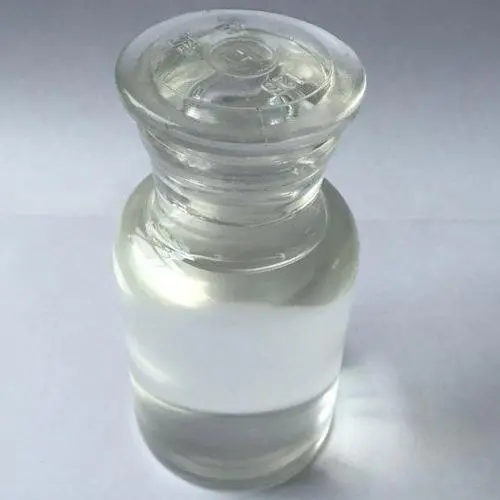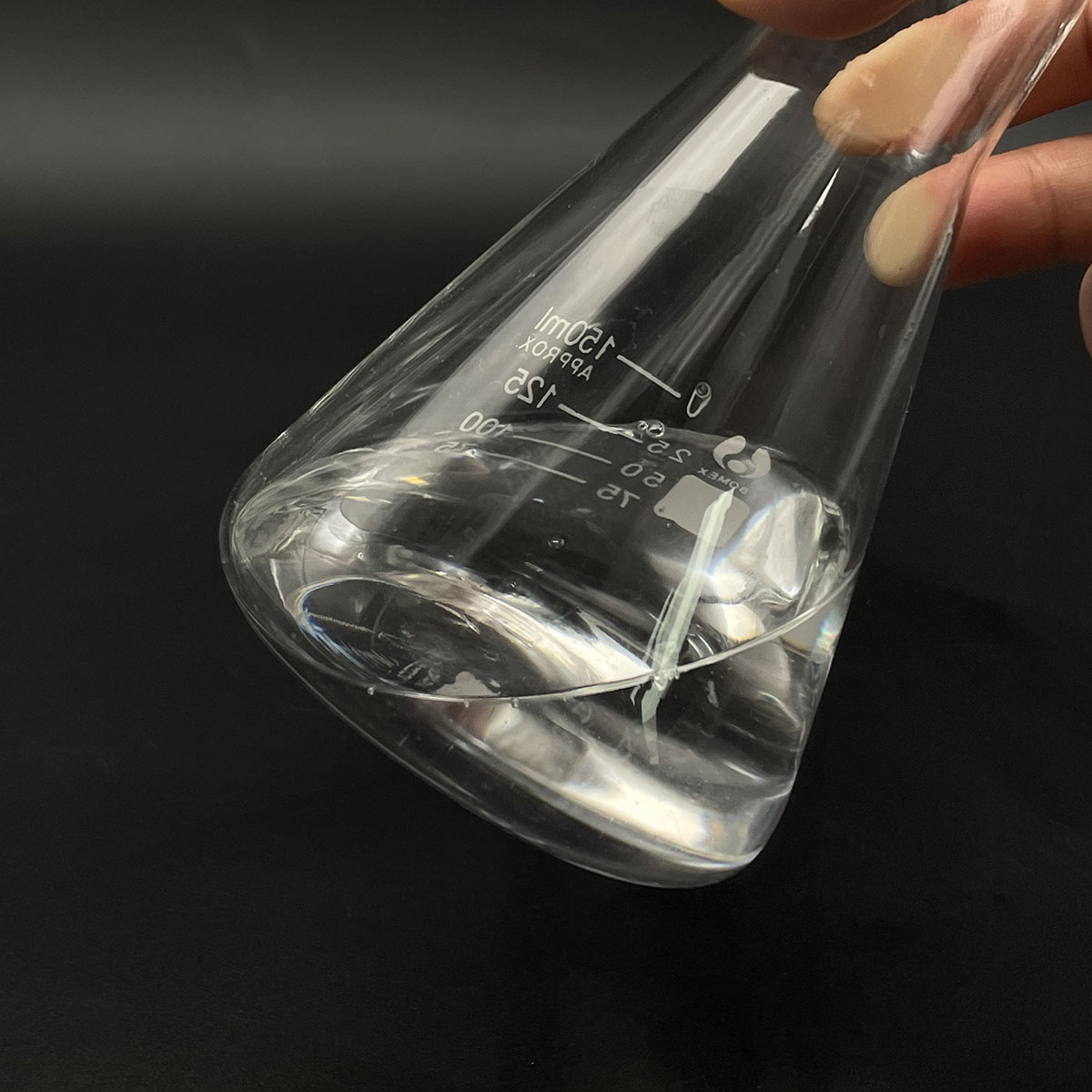**The Secret Life of Surfactants: Tiny Molecules That Make Everyday Magic Happen**
(What Does Surfactant Mean)
You might not know their name, but surfactants are everywhere. They’re in your soap, your shampoo, even the raincoat you wore last week. These tiny molecules work behind the scenes, solving problems you didn’t even know existed. Let’s dive into what makes them so special—and why life would be a lot messier without them.
Surfactants get their name from a mouthful of words: *surface-active agents*. Fancy term, simple job. They’re molecules that love to hang out where different things meet—like water and oil, or air and fabric. Picture a surfactant as a tiny peacekeeper. One end of it is attracted to water. The other end shuns water but clings to oils or grease. This split personality lets them bridge gaps between substances that normally refuse to mix.
Take soap, for example. Ever wondered how it cleans greasy hands? Water alone can’t break down oil. But add soap loaded with surfactants, and magic happens. The oil-loving ends of surfactants latch onto the grease. The water-loving ends face outward, letting the whole mess rinse away. Without surfactants, washing dishes would feel like trying to clean a frying pan with a ice cube.
Surfactants don’t just clean. They also make foam. When you squeeze shampoo into your palm, surfactants trap air in bubbles, creating that satisfying lather. They stabilize the foam, keeping it from popping too fast. Next time you’re blowing bubbles with dish soap, thank surfactants for those shimmering orbs.
These molecules are shape-shifters, too. In low concentrations, they float solo in liquid. Add more, and they huddle into groups called micelles. The water-hating ends hide in the center, shielded by the water-loving ends. This is why greasy dirt gets trapped inside micelles and washed down the drain. Micelles are like microscopic trash bags, bundling up grime so it can’t escape.
Surfactants even help plants. Some pesticides rely on them to spread evenly over leaves. Without surfactants, the spray would bead up and roll off, like water on a waxed car. Farmers get better coverage, pests get evicted, and your veggies stay bug-free.
Not all surfactants are made equal. Some come from plants or coconuts. Others are cooked up in labs. The eco-friendly ones break down quickly, causing less harm to rivers and fish. The harsh ones? They’re great for industrial cleaners but not so kind to the environment. Choosing the right surfactant matters—for your laundry and the planet.
Ever seen a firefighter battle flames with foam? That’s surfactants again. They create a blanket that smothers fires by cutting off oxygen. In hospitals, surfactants save premature babies by coating their tiny lungs, helping them breathe. From emergencies to everyday life, these molecules are quiet heroes.
Surfactants have a dark side, though. Too many in rivers can harm fish by stripping protective oils from their scales. Scientists work on greener versions, but it’s a balance. We need surfactants to live clean, but not at the cost of poisoning our water.
Look around your home. That laundry detergent fighting stains? Surfactants. The lotion smoothing your skin? Surfactants again. They soften fabrics, help paint stick to walls, and keep ink from smudging on paper. Life without them would mean sticky hands, greasy hair, and a world a lot less comfortable.
(What Does Surfactant Mean)
Surfactants prove that big solutions come in small packages. They’re the reason water and oil can be friends, why bubbles exist, and how your favorite hoodie stays soft. Next time you wash your hands, remember the tiny peacemakers working hard to make your world a little cleaner—and a lot more interesting.
Inquiry us
if you want to want to know more, please feel free to contact us. (nanotrun@yahoo.com)




